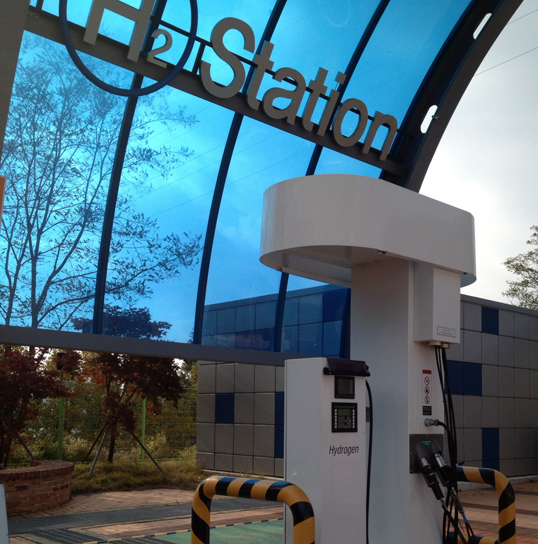Last month, I visited South Korea. The home of 50 million inhabitants has risen from the ashes like the phoenix and achieved great success. South Korea has transformed itself from the broken, war-ridden country of the 1950s into a model country for all technology enthusiasts. Two thirds of all Koreans own a smartphone, a fact that is clearly evident when walking in the streets.
Since 2009, South Korea has adopted a national green growth strategy. In practice, this means increased use of renewable energy sources, energy-efficient building, zero-energy houses, smart-power systems, hydrogen vehicles and eco-industrial parks where companies use each other’s minor flows.
The real challenge for South Korea lies in the fact that people are its only natural resource. Therefore, selecting green growth as the national objective was the only way to move forward. South Korea pays close attention to changes taking place in the world. Koreans see the rising demand for green technology. They make things happen and don’t leave their strategies lying in a desk drawer. The development of green technologies is already at full speed in South Korea. The South Korean state of mind is best described by the expression bali bali – which means that things must happen now, not tomorrow.
Denmark is also in the process of preparing a national green growth and sustainability programme. I visited their famous eco-industrial park in Kalundborg, where several symbiotic relationships exist between companies, meaning that the companies use each others’ minor flows. At the moment, more than 30 industrial symbioses concerning water, energy and waste flow exist in the Kalundborg industrial park. These symbioses have resulted in annual savings of 20,000 tonnes of oil and the reduction of emissions by 275,000 tonnes (2008).
Germany has been the pioneer of renewable energy sources and started promoted its technological development as early as the 1980s. In June 2011, the German government approved the energy transformation called Energiewende; targets include cutting climate emissions by 80 per cent and increasing the share of electricity produced using renewable sources to 80 per cent by the year 2050.
Also in Japan, green growth lies at the core of a new growth strategy. The strategy focuses on themes such as renewable energy and ecological vehicles. The aim is to create more than 1.4 million new jobs in the renewable energy business by 2020 – that is, in seven years.
South Korea, Denmark, Germany and Japan are pushing forward on a green road to the future, pursuing sustainable development. Which way is Finland headed?
